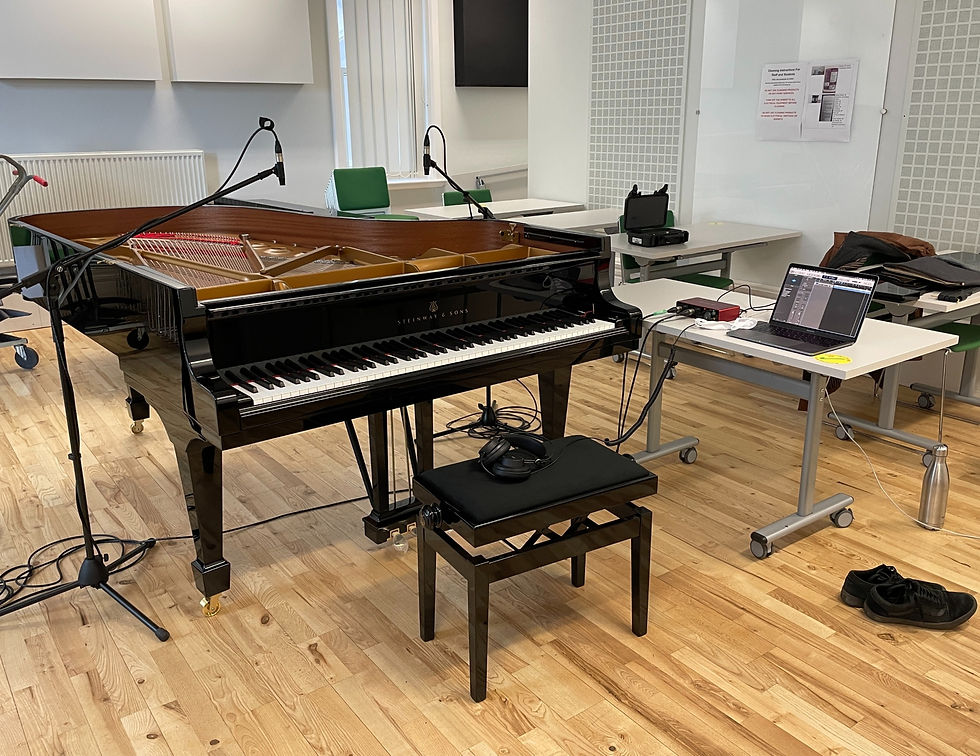The Overview
- thomaslongshaw7
- May 20, 2021
- 2 min read
Updated: May 24, 2021
So, by now, you probably already know that I've spent the last year researching and creating sample libraries. Though in case you missed it, I'll quickly bring you up to speed.
Sampling is the process of creating a digital instrument through the recording of sound. Sample libraries are collections of sounds, often focused on the recreation of physical instruments. Sample instruments are similar to sample libraries, the only difference being that they usually include their own playback system and don't require any additional software to function.

For this project, I created a sample instrument that opens in a digital audio workstation (a DAW). A DAW is a piece of software with a wide variety of tools that can help you create, record and produce music. One of the many advantages of using a DAW is that you can expand its built in tools using additional pieces of software called plugins. These plugins are generally used to change the characteristics of a sound, though some plugins, like mine, allow users to play instruments they may not normally have access to.
To create my sample instrument, I recorded each note of a piano three times at different velocities. I then took my recordings and used a small amount of noise reduction to remove some background noise before placing them into a playback system. I designed the playback system using a piece of software called Pure Data. The way it works is relatively simple: when you press a note on your keyboard, the corresponding sound file triggers, and when you release the note, it stops. To get this working as a plugin, I used another piece of software called Camomile. Camomile is a plugin that contains the entire Pure Data code, allowing you load and control Pure Data files within a DAW.



Comments